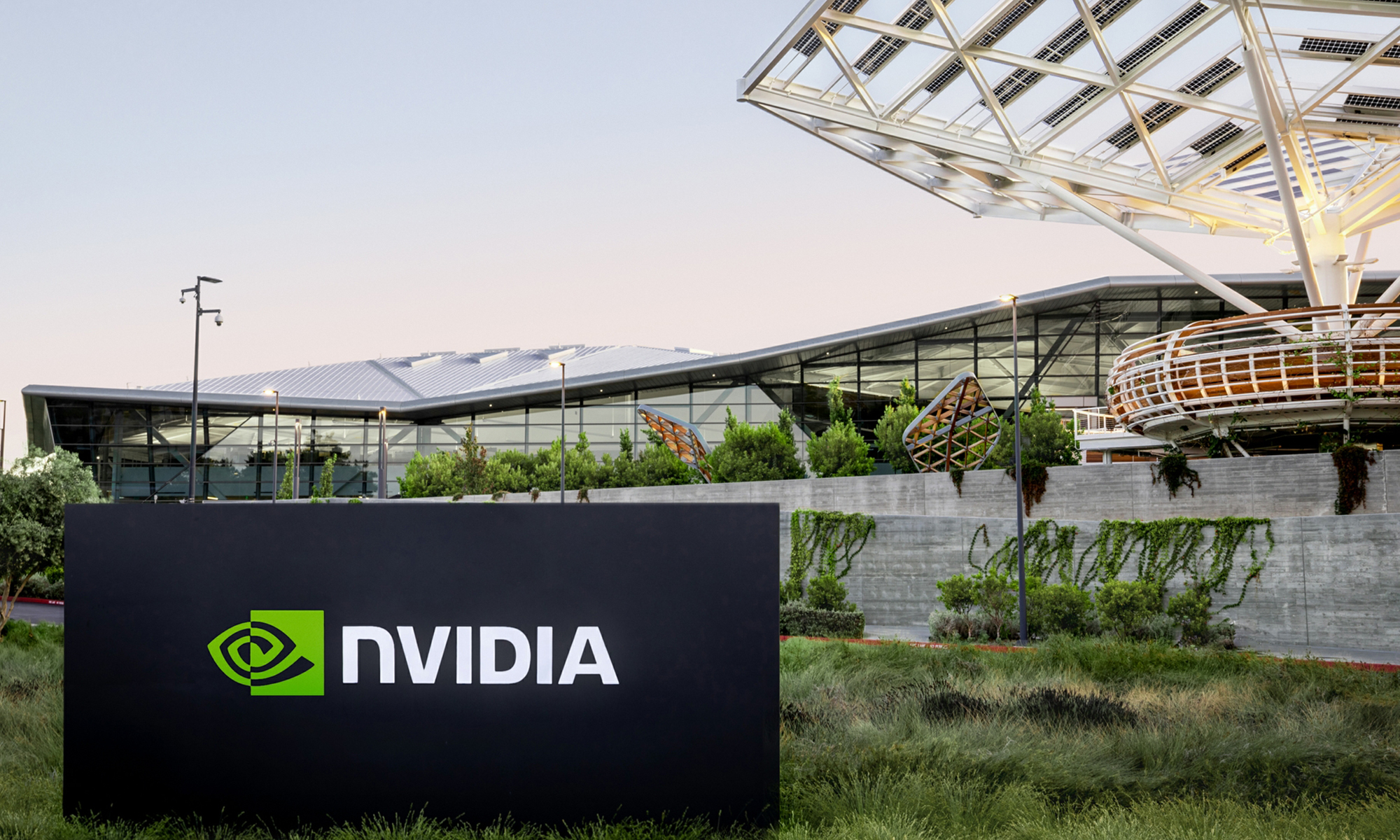Two of the most popular artificial intelligence (AI) investments right now are Nvidia (NVDA +1.76%) and Palantir (PLTR 2.39%). These companies represent opposite ends of the AI investment spectrum, with Nvidia on the hardware side and Palantir on the software side.
These two have dominated their respective industries, but which is the better investment choice between them? Let's examine the evidence.
Palantir and Nvidia aren't competitors
First, let's break down their core businesses.
Nvidia makes graphics processing units (GPUs) and various pieces of hardware that support its GPU infrastructure. GPUs are the most popular choice for training AI models due to their flexibility. They can easily be configured to process intense calculations due to their ability to process multiple calculations in parallel. Combine that with the ability to connect thousands of GPUs together, and Nvidia's GPUs can rapidly train AI models.

NASDAQ: PLTR
Key Data Points
Palantir is on the application side of AI, with the basic premise of its software being data in and insights out. While Palantir serves both commercial and government customers, the biggest use expansion from its most recent round of AI product launches has been commercial clients. Palantir's Artificial Intelligence Platform (AIP) gives its users the tools to integrate large language models (LLMs) into a business, allowing AI to become integrated throughout a business rather than being a stand-alone tool used on the side.
Palantir and Nvidia sit on opposite ends of the AI investment spectrum, but their business case in both parts is quite clear. However, their financials are quite different.
Palantir's growth pales in comparison to Nvidia's
With how popular an AI investment Palantir is, you may be surprised to learn that its revenue growth rate in the second quarter was only 27% year over year. Now, for most companies, 27% growth would be astounding, but with the pace of AI adoption and innovation, this may seem a bit out of place. Furthermore, there are other software companies that are growing at a similar pace but aren't focused on AI.
Still, that doesn't mean Palantir is a bad investment. But investors need to understand that it's no Nvidia.

NASDAQ: NVDA
Key Data Points
In Q2 of fiscal year 2025 (ending July 28), Nvidia's revenue rose 122% year over year to $30 billion. So, not only is Nvidia crushing Palantir in terms of raw growth rate, but it's also a far larger company, generating $30 billion in quarterly revenue versus Palantir's $678 million.
According to Wall Street analysts, this revenue growth outperformance is also expected to last for the next couple of years.
NVDA Revenue Estimates for Current Fiscal Year data by YCharts
Per these estimates, investors can expect these growth rates:
| Fiscal Year | Nvidia Revenue Growth Rate | Palantir Revenue Growth Rate |
|---|---|---|
| Current fiscal year | 106% | 24% |
| Next fiscal year | 41% | 20% |
| Two fiscal years ahead | 17% | 20% |
Data source: YCharts.
These are estimates, so they're not perfect, but it's fairly clear that Nvidia will outgrow Palantir, at least through the next fiscal year. However, the prices these stocks trade at are completely mismatched.
NVDA PE Ratio (Forward) data by YCharts
Nvidia is far cheaper from a forward price-to-earnings (P/E) standpoint, but that's not fair to Palantir as it's still working on achieving maximum profitability.
To help out this comparison, let's say Palantir can achieve 30% profit margins and grow its revenue at a 20% pace for the next five years. If it does that, it would trade at 45 times trailing earnings at today's prices. So, for Palantir to trade around the same price Nvidia is now, you have to give up four years of returns.
This shows how expensive Palantir's stock is and pushes me toward recommending Nvidia over Palantir in this matchup. Palantir is a fantastic company, but the expectations built into its current valuation are far too high. Instead, Nvidia looks like a much better buy than Palantir, as it will still be growing rapidly but trades at a far more reasonable price tag (even if that price tag is a bit expensive).







